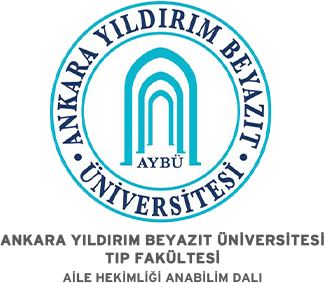Periodic Examination of Adolescent Students in Primary Care
Aynur Yalçıntaş1, Tuğba Özdemirkan21Karatay No: 09 Family Health Center, Konya, Türkiye2Department of Public Health, Ankara Health Directorate, Ankara, Türkiye
INTRODUCTION: Adolescence is an important transition period and The World Health Organization (WHO) defines adolescence as the age between 10-19. Today, there are approximately 1.3 billion adolescents, 16% of the world's population. It is important for individuals in adolescence, a group that is difficult to reach in a society consisting of healthy individuals, to have their diseases or deficiencies detected early and to be examined at least once a year.
METHODS: The research was conducted cross-sectionally at Konya Karatay No: 09 Family Health Center. Sample selection was made in the study and it was conducted with 143 adolescents who applied to the family health unit.
RESULTS: 143 adolescents were examined within the scope of the research, 53.1% were male, and 58.0% were early adolescents. 14.0% of the adolescents do not have a good home situation, 25.9% do not have a good education, and 36.4% do not do any activity. 21.7% of those examined stated that their eating situation was poor. 3.9% of adolescents are obese and all of them are boys. 67.1% had tooth decay and 3.5% had eye refraction problems. Of those examined, hemoglobin was found to be low in 35.7%, hematocrit in 28.7%, vitamin D in 14.0%, and vitamin B12 in 2.1%.
DISCUSSION AND CONCLUSION: School health services and periodic monitoring of adolescents are important in helping individuals acquire positive health behaviors, thus improving the health of society. The role of parents, teachers, and school administrators is important, as well as health professionals multidisciplinary and multisectoral.
Makale Dili: İngilizce
(465 kere indirildi)





